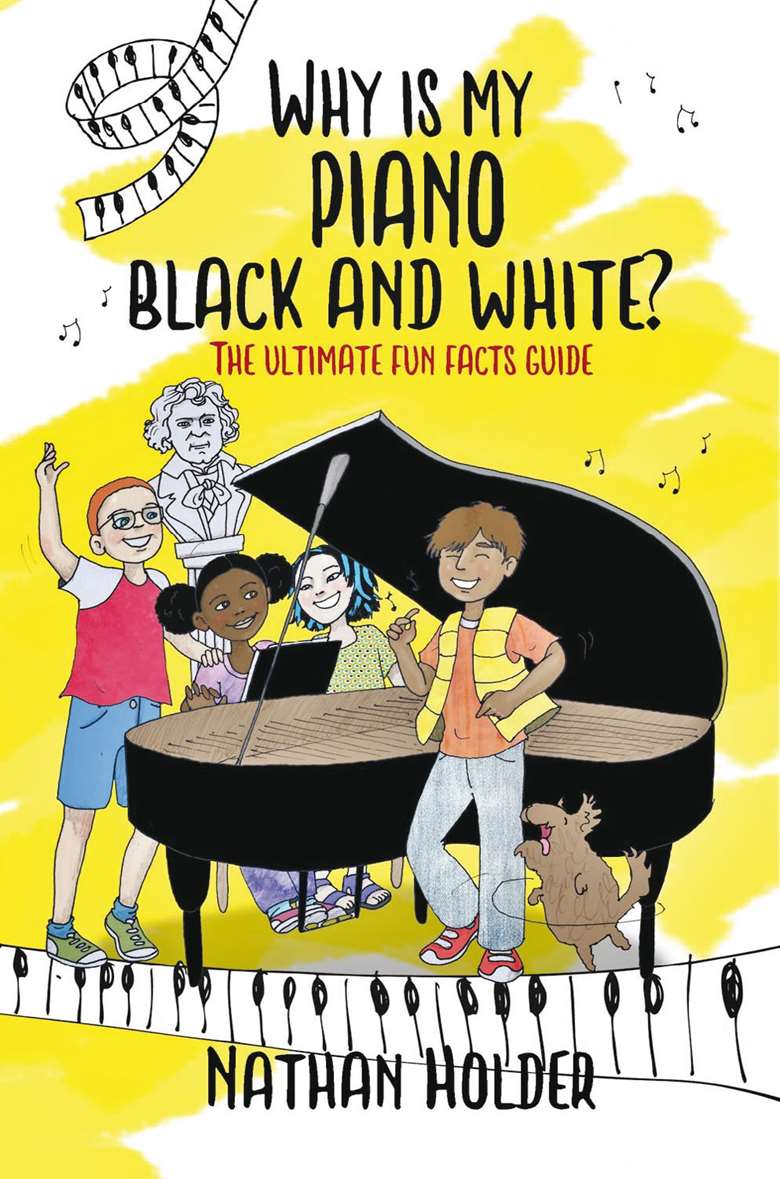Book Reviews: Why Is My Piano Black and White?
Fiona Lau
Tuesday, September 1, 2020
Fiona Lau reviews Why Is My Piano Black and White? The Ultimate Fun Facts Guide by Nathan Holder.

This little paperback ‘takes you on a musical journey to help you discover the weird and wonderful world of piano and the people who make music on it!’ The author, Nathan Holder, has a Masters in Music Performance from Kingston University, and has played the saxophone around the world. MT readers may recall his first book I Wish I Didn't Quit: Music Lessons.
Written in a similar style to the Horrible Histories books (plenty of jokes and the odd gory fact), Why Is My Piano Black And White gives a brief history of the piano and covers composers from Bartók to Anita Baker – and many more besides. The text is broken up with clear and attractive illustrations, as well as quizzes, making it easy and enjoyable to follow.
Core movements in music history are covered, including Classical, Romantic and 20th-century, with general historical background facts about specific eras and details about appropriate composers. There are lots of unusual facts (e.g. ‘Clara Schumann used to be featured on the 100 Deutsche mark bill before Germany switched to Euros’), questions (‘Which one of these pets did Mozart have a) dog b) horse c) canary d) starling?/Answer: d) starling’), and jokes (‘Q: did you hear about the vampire who used to torture his victims with his piano playing? A: his Bach was worse than his bite!’)
After 57 pages of this the book moves to more contemporary styles such as Ragtime, Swing, Bebop, Cool, Hard Bop, Rock, Hip-Hop, Gospel, Pop, Blues, Soul and R & B, Film and TV, and Musicals. Phew! This takes us up to page 149. If you are classically trained and mainly teach the Viennese School, you may think this is a little top heavy. However, it's a useful reminder that the piano features in all these genres. Why Is My Piano Black And White includes plenty of female composers and performers, rightly acknowledges the debt contemporary music owes to black American artists, and is truly international in its scope. There are a couple of typos (Phoebe spelled Pheobe on page 4 and Lyanage spelled as Lyange in the acknowledgements), which no doubt will be corrected in the next print run.
The appendix includes free Spotify playlists for each era and style of music covered in the book, via QR codes to scan. If like me, your knowledge of Hip Hop is not quite as wide as that of Beethoven, these are very useful.
As I read this, I immediately thought of one particular eight-year-old pupil. He loves facts, and gobbles up books. I can see many other young pianists loving it, too. As a teacher, it gives me material to make lessons more engaging and wide ranging: the playlists are brilliant for contextual listening, the questions and jokes make composers and styles come alive, and the facts will inform and entertain. I can't believe a book like this hasn't been written before!

